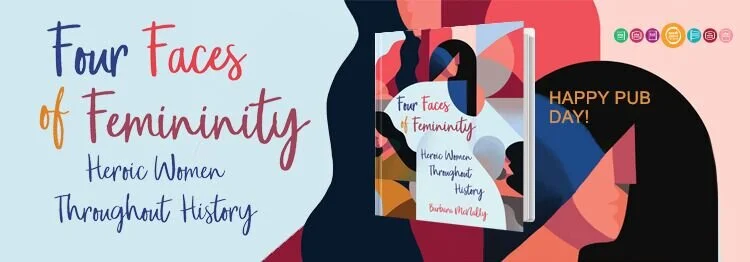As so many of the women I interviewed for Wounded Warrior, Wounded Wife told me, living with a combat-injured veteran frequently means living in the shadow of post-traumatic stress (PTS). Vivid nightmares and terrifying mid-day flashbacks are the most well-known symptoms, but many wives also spoke of violent mood swings, quick tempers, jumpiness, and depression. Family members often feel confused and helpless, unsure how to best support their beloved wounded warrior. PTS aftershocks can be especially hard for the children of wounded veterans, since kids from toddlers to teens may feel unsafe and unsure around their suffering parent, never knowing what reaction to expect.
With that in mind, here are a few tools that the spouses and children of wounded warriors can utilize as they adjust to life with a PTS-sufferer:
Don't be afraid to communicate: Studies have shown that overdisclosure and endless, graphic descriptions of the trauma that caused a parent's suffering can be damaging to children. But those same studies tell us that silencing all conversation around PTS and the trauma that caused it will increase everyone's anxiety levels. Use your judgment, but try to be open. Especially if your children ask specific questions. They need to understand why dad/mom is behaving in this erratic way, and finding a way to explain it that resonates can help them cope.
Do what you can to cultivate closeness: The Sidran Institute says, “In homes where the [parent] suffers from PTS, normal adolescent tendencies towards separation and rebellion can combine with the children’s need to distance themselves from the veteran’s agony or anger. Problems arise when the children’s need for distance or self-assertion takes the form of rejection or disregard for the veteran.” Forcing closeness may make matters worse, but creating opportunities for it can help. Try a regularly-scheduled family movie night or game night, get season tickets to a sports team, or tackle a home or craft project together.
Teach coping techniques to everyone: Breathing and muscle relaxation exercises are prescribed for many PTS sufferers, but they can also be helpful to spouses and children. Learning and practicing them together helps family members learn to cope when their own anxiety revs up. Perhaps more importantly, doing so shows them firsthand what their combat-injured veteran parent/spouse will be doing to calm their inner turmoil.
Say, “This is hard.” Spouses and children who live with a PTS sufferer can feel trapped in a cycle of anxiety, fear, and guilt. The guilt stems from mistakenly believing they are making their wounded warrior's state worse, or that they should be able to help more effectively. Self-care is vital, and a very simple first step toward self-care is acknowledging that the situation is a difficult one. Teach everyone that when tensions are running high, it's OK to say, “This is hard” to yourself or to everyone involved. In fact, doing so can diffuse that tension.
Living with the invisible wounds of war is challenging, both for the trauma victim and the family who loves and supports that person. Always know that seeking professional help is a great way to build trust within a stressed family. But during the in-between times, keep these four tools in mind. They may help your whole family cope with the unnerving ripples that PTS can create.



